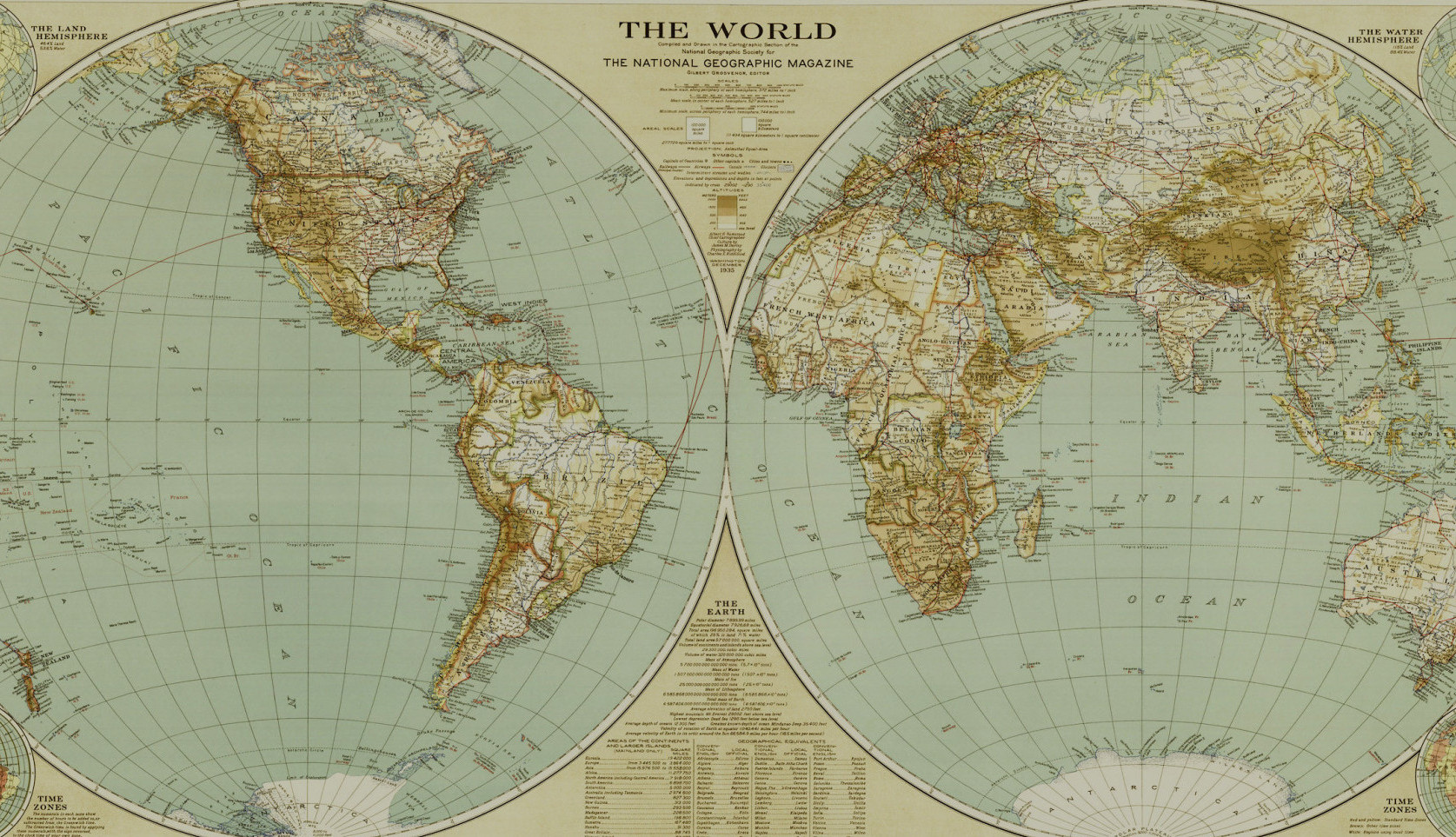As an average person with an average lifespan, it’s very difficult to wrap your head around a time span of 1 million years. This is the amount of time that has passed since hominins first moved into Europe from Africa, during a period called the Lower Palaeolithic before modern humans had even evolved. It has always been assumed that these early explorers were not able to make boats (even very basic ones) and so could never have made it across large bodies of water like seas. The project I am currently involved with is doing exciting groundbreaking research investigating a previously overlooked region of Greece for possible alternative routeways for Homo sapiens and their ancient predecessors’ movements from Asia into Europe.
The Stélida Naxos Archaeological Project (SNAP) is excavating a number of trenches on a hilly peninsula – Stélida – on the northwest coast of the Cycladic island of Naxos in Greece through the Canadian Institute in Greece and with the permission of the Cycladic Ephorate of Antiquities of the Hellenic Republic’s Ministry of Culture and Sports. The SNAP team is digging here because the Stélida hill is one big archaeological site which has been used as a source for stone tool making for hundreds of thousands of years. This isn’t necessarily where these hominins and, later on, humans lived. Instead the archaeological material being uncovered is clearly showing that Stélida was a place they came back to again and again to extract chert, the type of stone they were using to make sharp and durable tools.
When you are excavating a very early site that was a raw material source you don’t necessarily find all the lovely (easily identified) stone tools that would be found on a habitation site. What you do find is all the leftovers from making these stone tools – a heck of a lot of it! There is so much lithic material (a.k.a. stone) being found that the team struggles to wash it so the lithic specialist can look it over and tell the diggers what’s coming out of their trenches. I’ve been excavating a 2m x 2m trench about ¾ of the way up the hill and – until I reached about a meter down – half of the soil was full of these stone tool making leftovers (called debitage). I’ve never excavated at such an artefact rich site!
Stélida is the earliest known archaeological site in the Cycladic region and when the area was first reached by hominins the landscape would have been very different than it is now. Today when I look out from my excavation trench towards the coast I see the Aegean Sea separating the island I am on, Naxos, from its neighbour to the west, Paros. Scientific investigations into the ancient environment suggest that these two islands in the Cycladic Island complex were joined to a few others as part of one big island known as the ‘Cycladean Island’ during the glacial maximum (the stage of the Ice Age when the maximum amount of sea water was trapped in glaciers). But even still this ‘mega-island’ was not connected to the mainland and so the sea did have to be crossed to reach it. Tens and tens of thousands of years ago when people climbed the hill at Stélida to reach the chert outcrops they would have been looking out over a grassy plain, an estuary or even a lagoon, with the sea I l now look at everyday many kilometers away.
At Stélida there is known Middle Palaeolithic activity identified from diagnostic prepared core technology. This means that some of the leftovers of stone tool making found here can be securely dated to the time when Neanderthal were living in Europe. It is also possible that there were other hominid species taking away and using Stélida chert even earlier. There is tantalising evidence for Lower Palaeolithic activity at Stélida in the form of possible bifaces that could be interpreted as handaxes; these large heavy tools could have been made by Homo heidelbergensis, the predecessor of the Neanderthals in Europe. The possibility for evidence of these early hominids living on what are now the Cycladic islands has not been seriously investigated before.
It is wonderful to be part of a project that is asking difficult questions and trying to reassess how we are interpreting the archaeological record. Not only is Stélida a stunningly beautiful location to dig, but there is the possibility that my contribution to the project will help us better understand how hominids and humans spread across the globe, and their different behaviours and skills that we can interpret from the debris they left behind as they selected and worked their raw materials (like the Stélida chert) at the same locations over thousands and thousands of years. No matter what is found in this digging season the work being done by SNAP now and in the next few years is sure to mix things up a bit!
